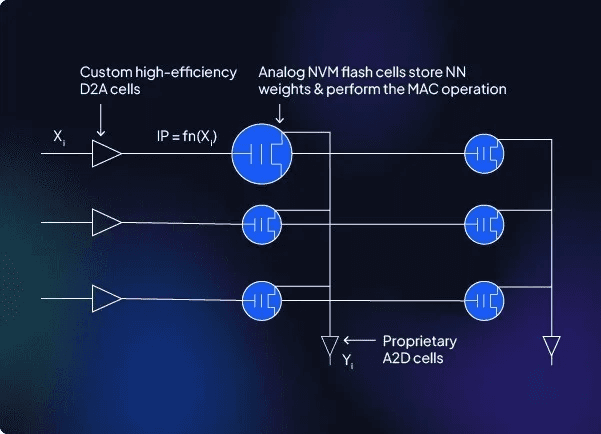IT Solutions
Tips for Managing Complex Software Projects
Mastering the Art of Integration
Apr 5, 2024
Complex software projects have a way of unraveling. Timelines slip, budgets bloat, and what finally gets delivered might only vaguely resemble what was envisioned at the start. As an IT expert, you know that success hinges on far more than just technical expertise. Here's how to navigate complexity and deliver projects that truly transform your business.
The Hallmarks of Complexity
Many Moving Parts: Complex systems have numerous interconnected components, often spanning multiple teams and technologies.
Evolving Requirements: Business needs and technologies change rapidly. Rigid upfront planning sets you up for failure.
Hardware/Software Interplay: In today's world, software rarely exists in a vacuum. Optimal solutions often require bespoke hardware integration.
Unpredictable Emergence: The whole system may exhibit behaviors you simply couldn't have predicted from just analyzing individual parts.
Tips for Taming the Beast
Embrace Holistic Development®: Companies like Digital Trans4orMation s.r.o. excel by breaking down the silos between hardware and software engineers. Thinking about the system as a unified whole unlocks innovation and efficiency.
Start with the "Why": Don't just build features, solve real business problems. Ensure everyone understands the project's overarching purpose.
Modularize and Prioritize: Break down complexity into manageable chunks. Ruthlessly prioritize features based on business value.
Agile and Iterative: Embrace methodologies like Scrum. Build in small increments, solicit feedback early and often, and be ready to adjust.
Test, Test, and Test Again: Test at the unit, integration, and system levels. Automate where possible to catch issues fast.
Risk Management is Key: Proactively identify potential risks and have mitigation plans in place. Don't get blindsided.
Communication is King: Transparent communication within the team and with stakeholders is non-negotiable.
Expert Insights: Where Traditional Approaches Fail
Ignoring the Human Factor: Change management is crucial. Prepare your users and get their buy-in for a smooth adoption
Lack of Flexibility: Rigid processes can't cope with evolving requirements. Be prepared to pivot.
The Technology Trap: Focus on solving the problem, not just showcasing the latest shiny tools.
The Digital Trans4orMation s.r.o. Advantage
Our Holistic Development® approach views software and hardware as inseparable elements of a successful solution. This allows us to:
Design for the Real World: Systems that seamlessly interact with their physical environment and the users in it.
Streamline Development: Reduced handoffs and communication overhead create faster, more efficient development.
Unleash Innovation: When both hardware and software are custom-designed for your needs, the possibilities are truly limitless.
For our Services, feel free to reach out to us via meeting…
Please share our content for further education


